Here's Why Invasive Species Put Ecosystems at Risk
Published Feb. 24 2023, 10:18 a.m. ET
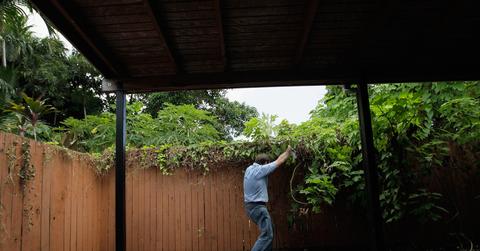
Chances are there is probably an invasive species living around you right now. For me, it's the harsh vine called kudzu that lines the interstate and blocks any view of the pine trees that many in the south used to be able to see while driving west.
Whether it's a plant or animal, an invasive species is a harmful non-indigenous species that has rooted itself within a new ecosystem. So, let's take a closer look at why invasive species are dangerous to the environment.
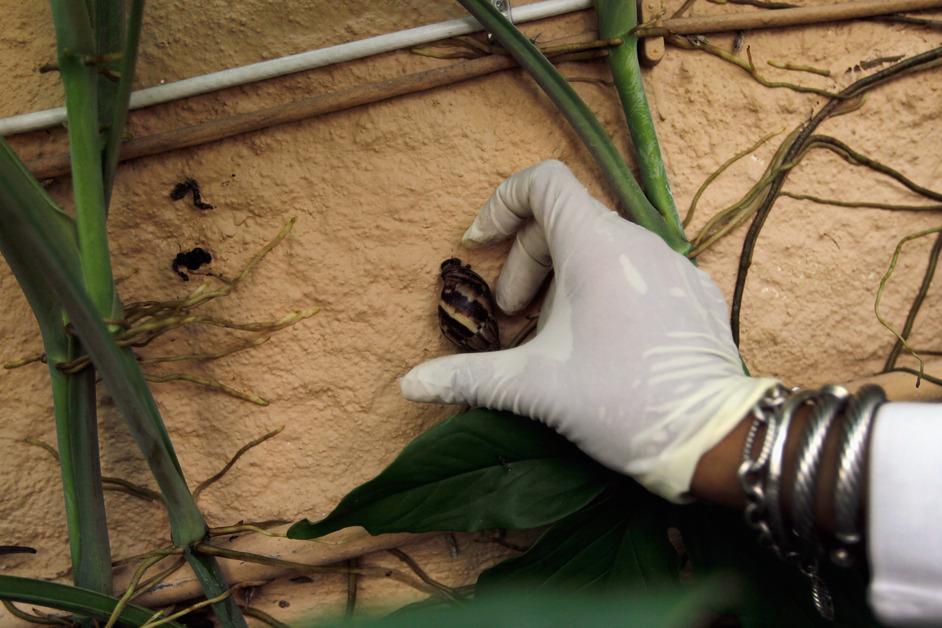
What is an invasive species?
According to the United States Geological Survey, an invasive species is identified as a non-native disease, microorganism, plant, or animal that spreads beyond its range of original introduction, and has the capacity to cause disruptions or harm to human and environmental health. In some cases, it can even lead to native plant and animal extinction.
It's important to note that non-native does not necessarily mean invasive. Many major crops grown in the U.S., such as wheat and rice, are not native to the region. However, they don't spread and harm an area like an invasive species would, per National Geographic.
Most invasive species are introduced unintentionally, or unknowingly of the harm that they would cause to native ecosystems. The Burmese python, for example, was brought to Florida for pet trading and it's since reached unanticipated population levels in the state.
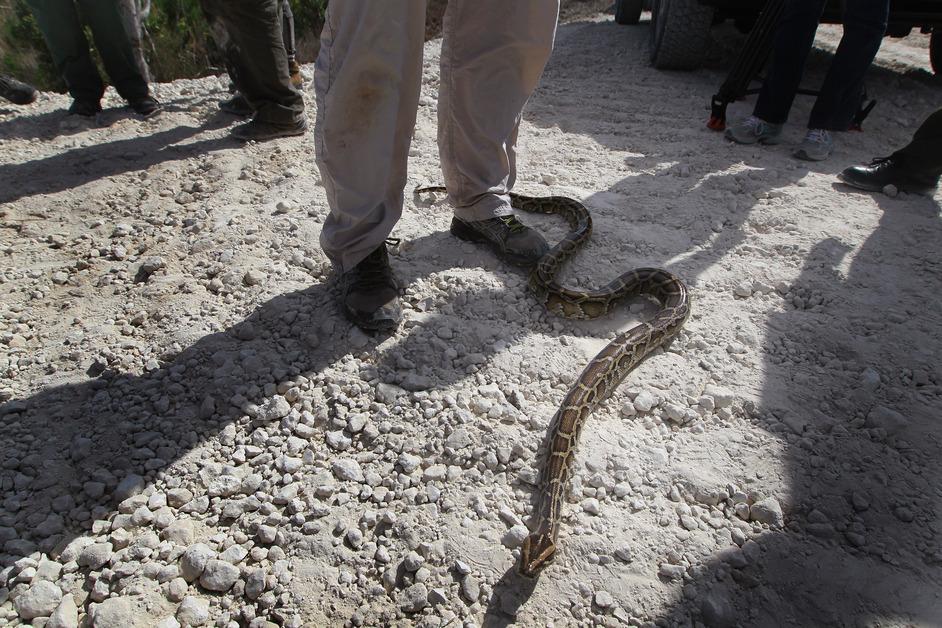
Why are invasive species dangerous?
An invasive species can cause serious environmental disruptions. They often reproduce easily — especially if there are no natural predators or threats in the new environment. As a result, this can disrupt organism's ecological niche, and the overall ecological balance of the ecosystem.
The ecological niche is the pairing of a species to an environment, and its role within that environment. It refers to their interactions, abiotic or biotic (aka living or non-living), and how the species persists in the environment, per Science Direct.
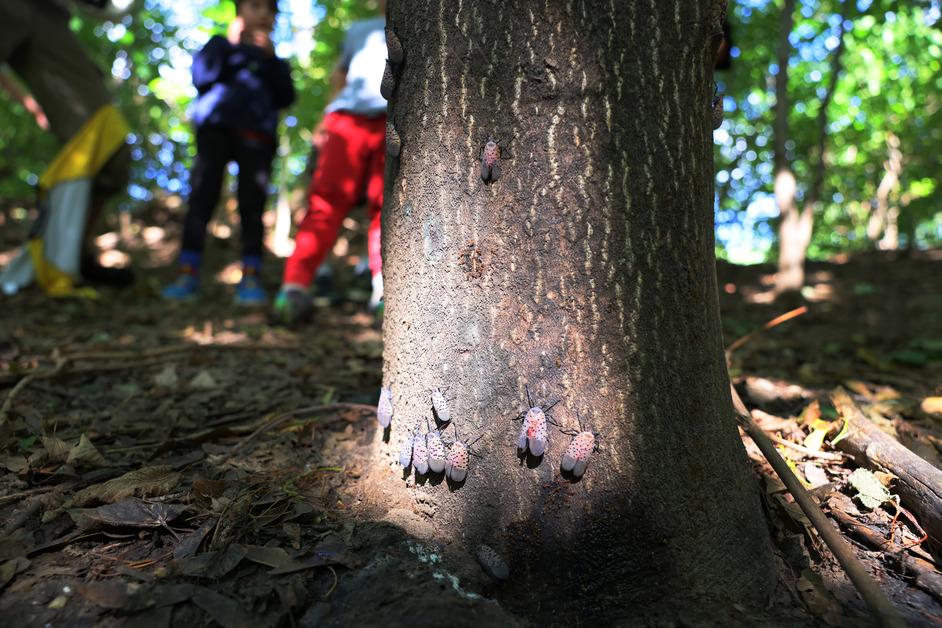
The World Wildlife Fund defines ecological balance as: "a state of dynamic equilibrium within a community of organisms in which genetic, species and ecosystem diversity remain relatively stable, subject to gradual changes through natural succession."
An invasive species can disrupt this balance, outcompeting another species, affecting their ecological niche, and possibly changing the entire makeup of the ecosystem.
An example of an invasive species that is causing serious ecosystem disruption is the lionfish. Native to the Indo-Pacific waters, it's expanded to the Atlantic, Gulf of Mexico, and the Caribbean due to possible escapes from aquariums or fish trading. Lionfish are indirectly destroying coral reef ecosystems.
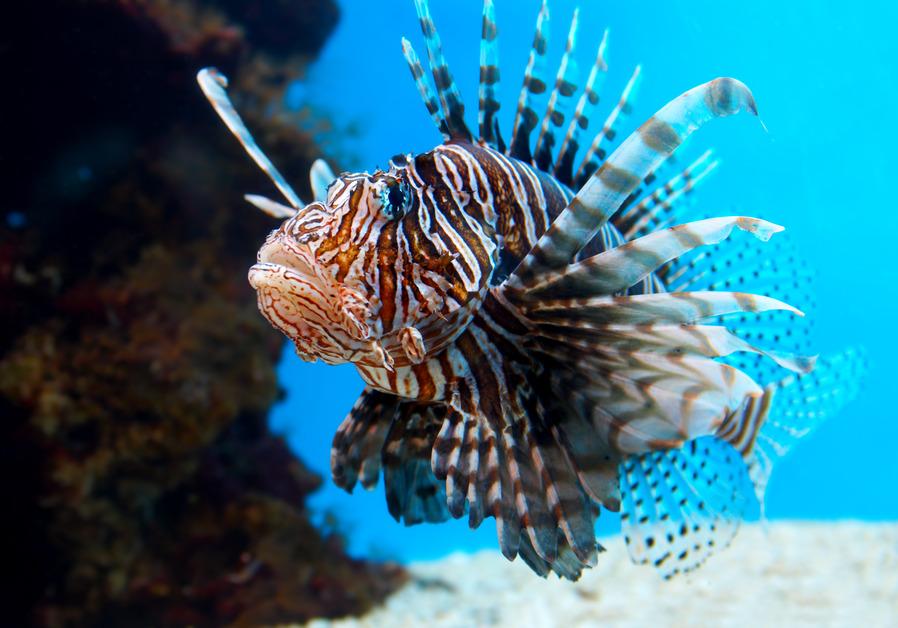
They feed on fish that eat the algae that grow on the reefs. When left to grow, the algae can damage the reefs and even cause reefs to die completely, which are already threatened by climate change, overfishing, and pollution.
The spread of lionfish is taking a toll on native species such as snappers, groupers, and other large fish. These fish are a major part of the commercial fish industry, and when they lack access to their food — or algae-eating fish — their populations decrease, according to the NOAA.
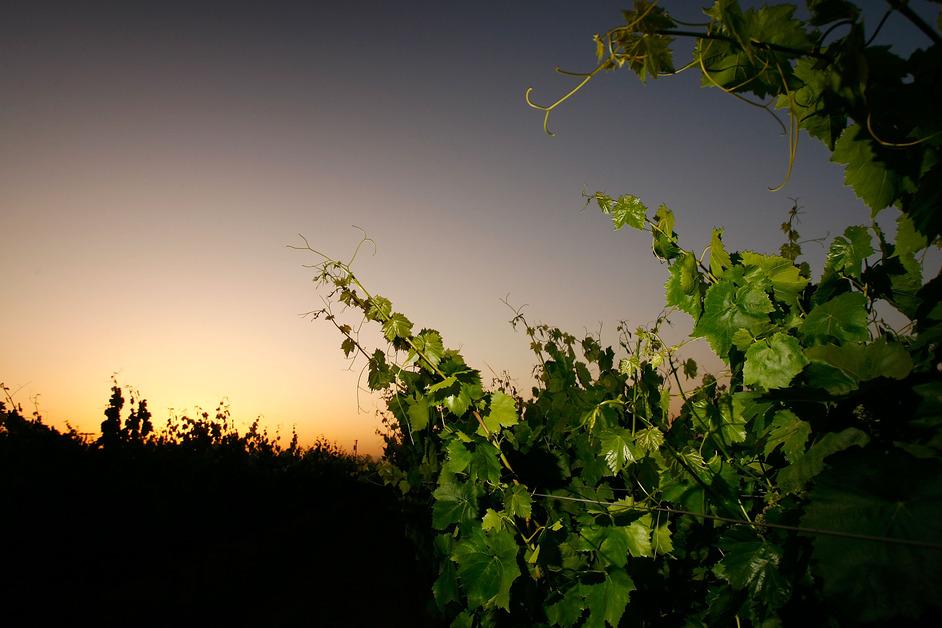
Kudzu is another example of an invasive species that is now well-known across the American South for being "the vine that ate the South." Per The Nature Conservancy, the kudzu is a climbing vine that's native to Japan and southeast China. It was first introduced to the U.S. in 1876, and throughout the 20th century, it was promoted to combat soil erosion. However, it was soon found to smother everything in its path, killing off native plant species.